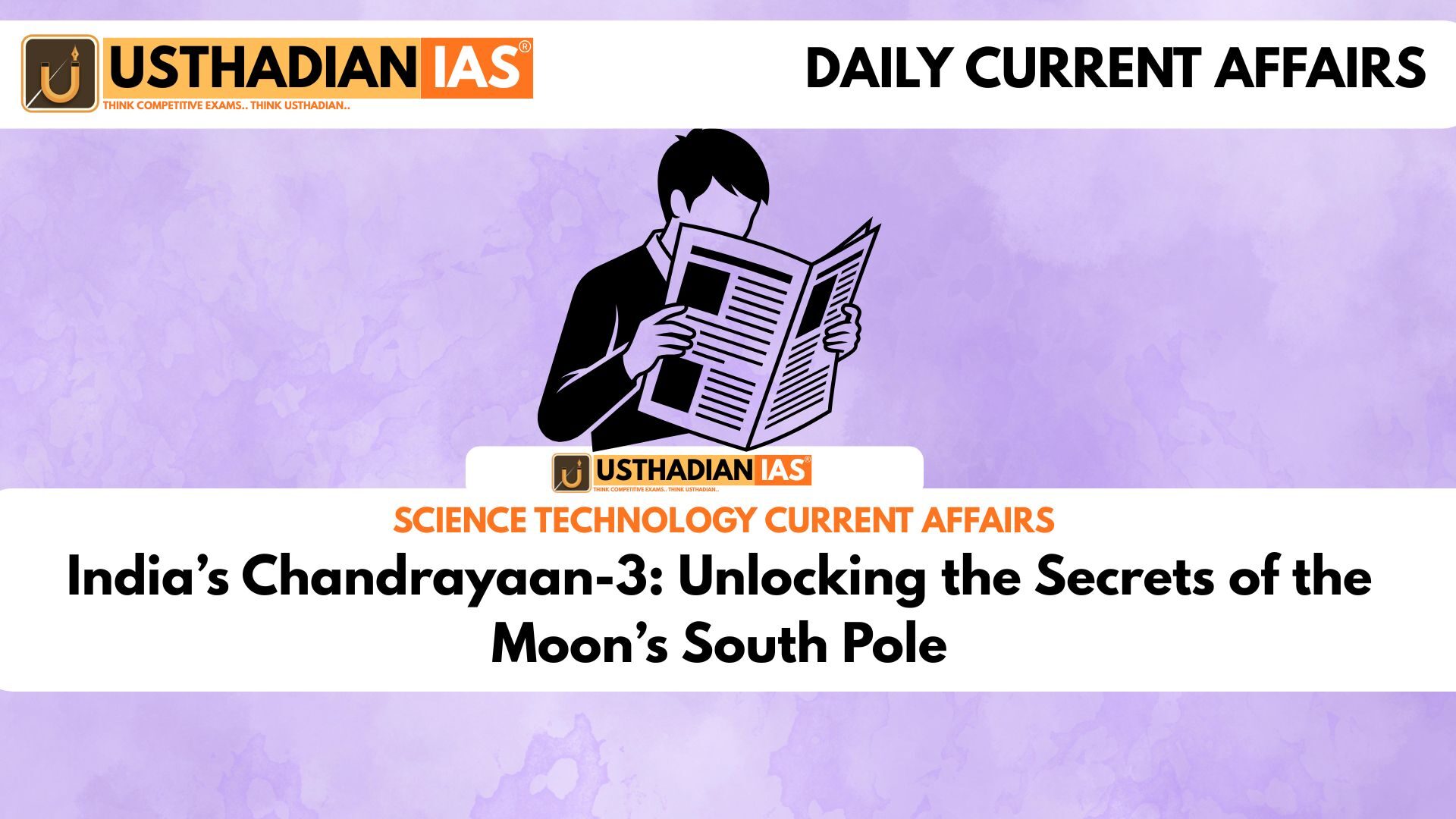India’s Historic Moon Landing
India’s Chandrayaan-3: Unlocking the Secrets of the Moon’s South Pole: On August 23, 2023, India etched its name in space history by becoming the first country to successfully land on the moon’s south pole. This proud moment for the Indian Space Research Organisation (ISRO) was achieved through its Chandrayaan-3 mission, and the landing spot has since been christened Shiv Shakti Point. But beyond the headlines, this region of the moon holds secrets that date back nearly 3.7 billion years, offering a rare window into both lunar and Earth’s ancient past.
What Made Chandrayaan-3 Special?
Unlike earlier missions that focused on equatorial regions of the moon, Chandrayaan-3 targeted the south pole — a rugged and largely unexplored zone. With its Vikram lander and Pragyan rover, ISRO aimed to gather crucial data on the moon’s surface composition, terrain types, and geological evolution. The mission focused not just on technological achievement but on deepening our scientific understanding of the moon’s history.
Dating the Landing Site
To determine how old the landing area was, scientists at ISRO’s Physical Research Laboratory conducted detailed studies using high-resolution imaging. They examined 25 nearby craters, measuring their size and distribution to estimate the age of the region. Their findings revealed that Shiv Shakti Point is around 3.7 billion years old, a time that roughly coincides with the emergence of microbial life on early Earth.
Fascinating Terrain Features
Shiv Shakti Point isn’t just another flat spot on the moon. It’s a geological goldmine. Scientists discovered that the area includes three unique terrain types: rugged high-relief zones, smooth high-relief plains, and smoother low-relief plains. The lander touched down in the low-relief plains, which were confirmed to be the oldest among these three. These subtle differences in terrain tell a story of billions of years of meteor impacts, lava flows, and surface shifts.
Craters That Reveal the Moon’s Past
Surrounding the landing zone are several large craters that add to the lunar storybook. Craters like Manzinus (3.9 billion years old), Boguslawsky (4 billion years), and Schomberger act like natural time capsules. When meteorites hit the surface, they blast out material — called ejecta — which then settles across nearby terrain. This redistributed rock helps scientists understand how surface materials have moved and changed over millennia.
What the Rover Found on the Ground
The Pragyan rover, true to its name meaning “wisdom,” roamed the moon’s surface and analyzed rock types and sizes. Out of 5,764 rocks, 525 were over 5 metres long, hinting at powerful geological activity. Interestingly, the largest rocks were found near a fresh impact crater, about 14 km from the landing site. These rocks showed less exposure to space weathering, indicating recent geological changes in that region.
Why These Discoveries Matter
Chandrayaan-3’s findings have opened a fresh chapter in our understanding of the moon’s geological history. More importantly, the age of the landing site draws a connection with Earth’s early days — a period when life was just beginning to emerge. Studying such ancient regions could provide valuable insights into how planets evolve and whether conditions like these could have once supported life.
STATIC GK SNAPSHOT
| Topic | Details |
| Mission Name | Chandrayaan-3 |
| Launch Date | 14 July 2023 |
| Soft Landing Date | 23 August 2023 |
| Landing Site Name | Shiv Shakti Point |
| Landing Site Age | ~3.7 billion years |
| Major Instruments | Vikram Lander, Pragyan Rover |
| Surrounding Craters | Manzinus, Boguslawsky, Schomberger |
| Rover Rock Sample Count | 5,764 total; 525 over 5 metres in length |
| Agency | Indian Space Research Organisation (ISRO) |
| Significance | First mission to soft-land on moon’s south pole |








